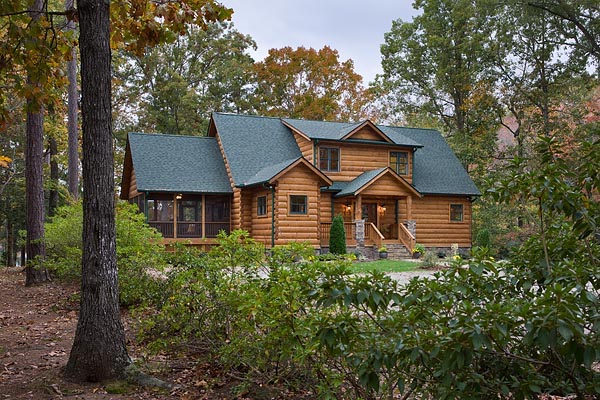How to prolong the life of your home.
One key for keeping your log home in tip-top condition is to take an hour or so once the weather turns nice to inspect the exterior of your home for signs of potential problems.
Before we start discussing the inspection process, here are a few tips:
- Make a diagram of your home that you can carry with you while you conduct your inspection. It does not have to be fancy, just a simple plan that you can use to note where something needs to be done
- If you have a digital camera, take it with you during your inspection. It’s amazing how something you see may disappear when you go back to look for it. Use a checklist of things that are relevant to your home. It’s easy to forget what to look for by the time you get to the third or fourth wall.
- Give your home a wash down with Log Wash before you start your inspection. It’s difficult to determine the condition of a finish when it’s covered with a layer of winter dirt.
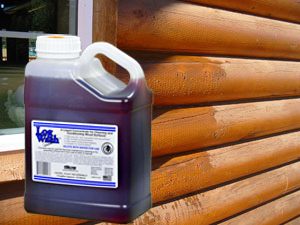
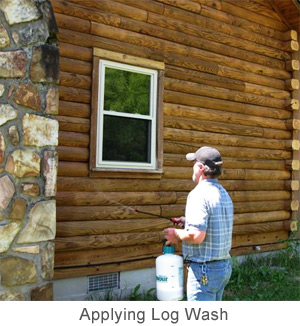
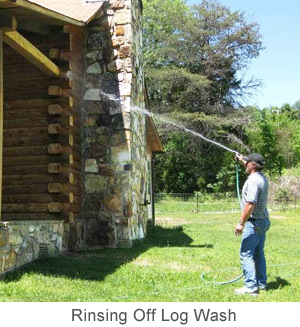
The Inspection
Start at one corner of the home and be sure to go all the way around. Inspect each wall individually and don’t try to inspect too much at a time. Begin by standing back away from the wall and look for some of the more obvious problems such as:
- Filled gutters and blocked downspouts. If you are not sure about them, use a garden hose to check that they are in good working order.
- Look at the dormers and upper story windows for signs of water damage. If you have a problem seeing that far, use binoculars to inspect the higher areas.
- If you have a sprinkler system turn it on to make sure that no water is hitting the log or foundation walls.
- Plants and shrubs should be no closer than 24 inches to any log wall. If necessary, trim them back or move them. Tree limbs should be no closer than three feet from your walls or roof.
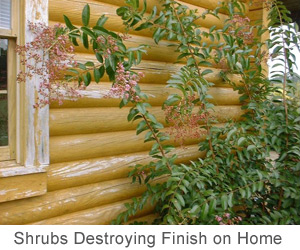
- Move any piles of firewood at least two feet away from the foundation and never store firewood on your porch.
- Look for any wood that is in contact with the ground, even if it’s pressure treated. For protection against termites and rot, all wood should be at least 12 to 18 inches above the soil line.
- When you stand back from a wall you can better see general patterns of wear and fading of your finish, especially on the south and west walls. Now that you have inspected the wall from a distance it’s time to get up close to see what’s going on.
- Look closely at the finish. Round logs tend to weather more on the upper half than the lower half since it’s this area that’s most exposed to the sun and rain.
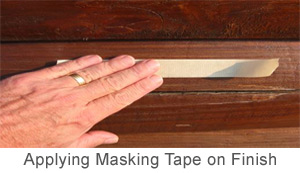
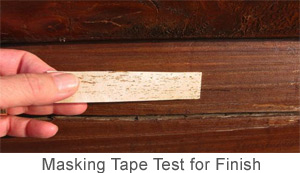
- Are there any new upward facing checks that have opened up since your last inspection? If so, use Backer Rod and Check Mate 2 to seal them. It’s also a good idea to pour a little Shell-Guard RTU in the check before you seal it to kill any rot fungus that may have started to grow.
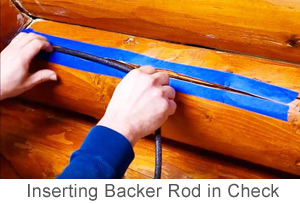
- If you have logs showing signs of decay take along a small hammer and lightly tap the logs every few feet. If a log sounds hollow or you get a dull thud you may have a pocket of rot that needs to be addressed. Use a thin screwdriver to probe the area. If the wood is soft, dig it out, apply some Shell-Guard RTU, let it dry and fill the void using M-Balm and E-Wood.
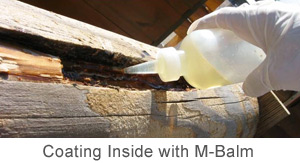
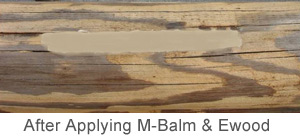
While you are inspecting the logs you should be looking for signs of insect infestations. A few small beetle holes here and there are no cause for alarm. Most of the holes will probably be old and empty. If you think that the holes are new stick a strip of masking tape over them and check it a week or so later. If the infestation is active, holes will appear in the masking tape. It takes many years for these beetles to do much damage. Just make a note of it and when it comes time to completely refinish the home be sure to treat the bare wood with Shell-Guard before you apply a new finish.
Window and door frames are the source of many water related problems. Check to see if the caulk is adhering to the adjoining surfaces. If it’s not, pull it out and re-caulk with Energy Seal or Woodsman. Never use a silicone-based caulk, it won’t adhere to wood!
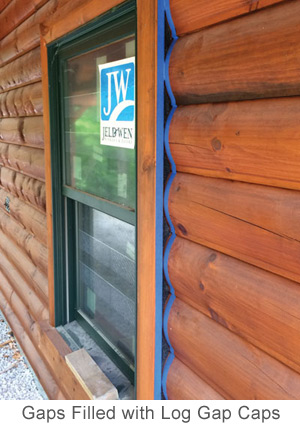
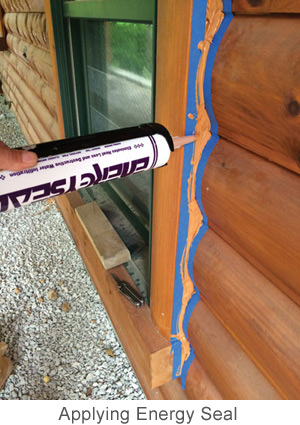
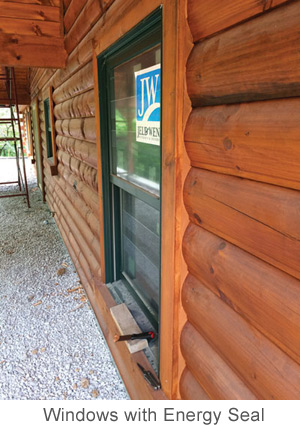
Give special attention to all logs ends, especially if they extend out beyond roof overhangs. The ends really absorb water and that’s where a lot of rot problems start. Consider sanding the butt ends, putting on a fresh coat of stain and sealing them with Log End Seal. Log ends that stick out in the weather take a beating and need a little extra care to keep them in good shape.
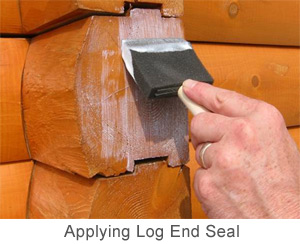
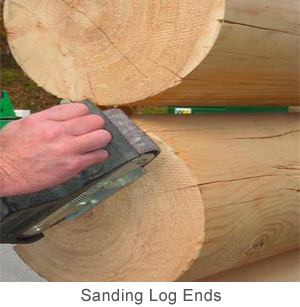
This article is provided by Perma-Chink Systems, Inc.

